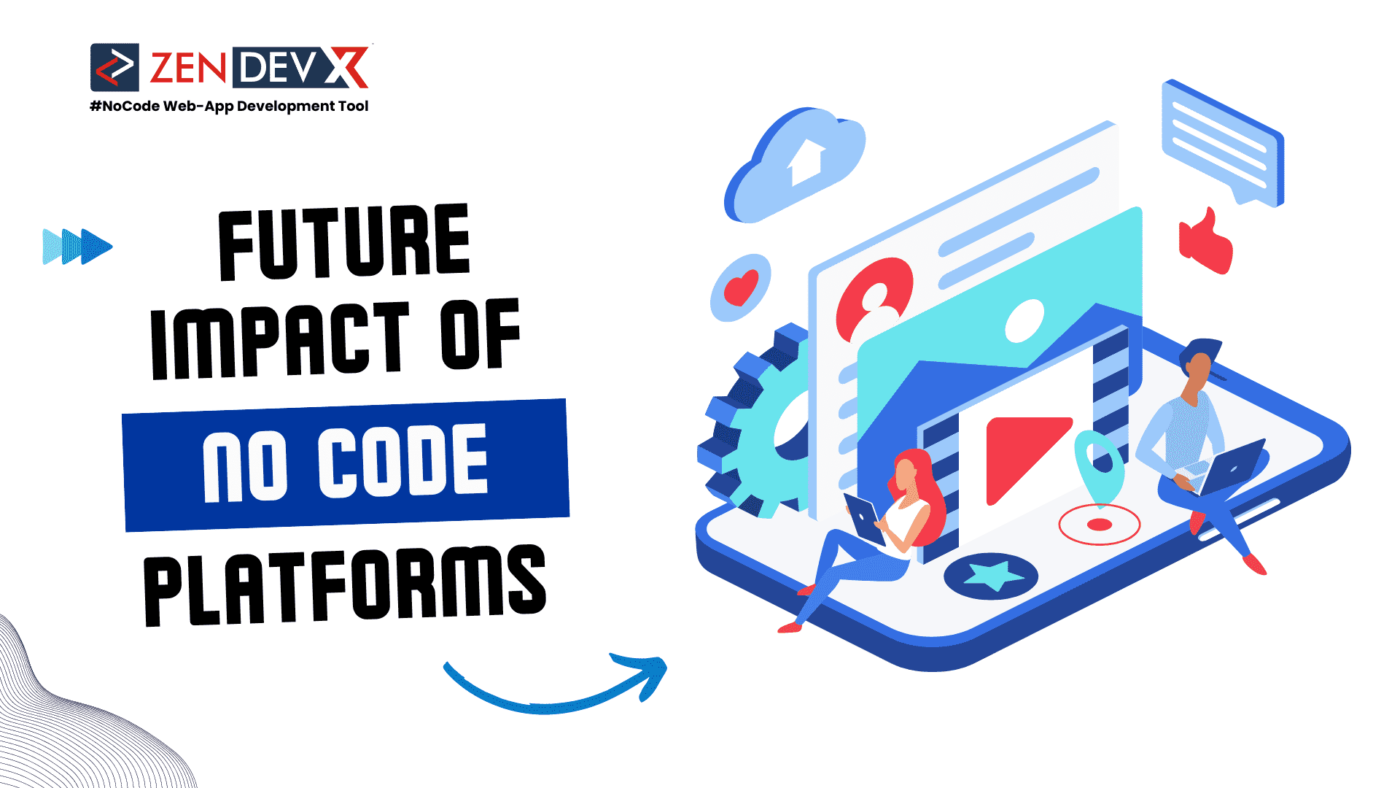Why is No Code on the Rise ?
A Forrester research indicates that the low code/no code market would reach 40% annual growth rate and reach $21.2 billion by 2022.
Although no code systems have existed as early as the 1990s, the term first became widely used about 2014. As no code platforms get more sophisticated, no code has become something of a trend in the tech industry and beyond during the past several years particularly. Although sites like Wix and WordPress have been extensively used for many years, no code platforms now let you do everything from develop mobile apps to creating complicated spreadsheets, data structures, business logic, APIs and more.
Why is no code rising? More and more companies and people are understanding the possibilities of these platforms, to give the quick response. Once requiring sophisticated code and years of training, projects that regular people might complete in a few days now can be done by anyone. This raises efficiency, distributes tech businesses, and stimulates more creativity and innovation.
Emerging Transformations in Software Development
Democratization of Technology :
We will see the democratization of digital enterprises overall as no code platforms grow more potent and generally accessible. This implies less separation between tech teams and the rest of the business and more individuals creating tools and apps on their own free will.
It reflects what we observed with the first personal computers. Though they were significantly more complicated to run than their contemporary successors, even the simplest computers cost the equivalent of $4,000 today. A fairly specialized ability set was knowing how to utilize a computer in itself. Then in the 1990s, computers grew more user-friendly and reasonably priced. These days, it would be difficult to come across someone without at least some little computer knowledge.
There has already been a similar phenomenon without coding web builders. Personal websites or blogs used to be connected with being awkward, badly built, and difficult to use. By letting anyone construct a professional-looking website with an easy drag and drop interface, solutions like Wix and WordPress revolutionized all that.
These days, we are seeing no code platforms enable average people even more. HR professionals can create internal tools without contacting their IT team; entrepreneurs can create and release their own apps without years of tech expertise; and startup companies can handle many of their own backend chores.
Change Of Expectations Regarding Technology Professionals :
Project backlogs reportedly impede 72% of IT managers from working on strategic initiatives. Long production cycles combined with superfluous back and forth between IT and HR can make software development feel tiresome. This could be one of the factors causing the present scarcity of software engineers.
No code systems are ready to bring about significant improvements in developers’ lives. Regarding new app development or structural modifications to a firm website, IT teams historically participated in analysis, design, implementation, testing, and release. No coding enables anyone to be a key player in every stage of the process; with IT more of a resource in case of an unanticipated tech problem needing professional intervention.
Should HR require a new app for email reminders, for example, they could theoretically move the process from analysis to release without making one IT request. This does not mean, as we have discussed before, that positions in software engineering are outdated. That does mean, though, the set of abilities required of a competent developer will evolve.
While thorough knowledge of a given topic will be more important than in-depth knowledge of several coding languages. Software developers and engineers will assume greater managerial responsibilities and have to study more advanced ideas underlying technical languages.
Additional Creativity :
This leads us to our last argument, and maybe the most fascinating aspect of how no code platforms will affect software development. The foregoing developments suggest greater innovation is emerging in every sector overall.
No code platforms guarantee:
- The capacity to streamline essential corporate chores by grouping programs onto fewer platforms
- More time for developers to devote to urgent, imaginative initiatives instead of methodically working through backlogs
- Faster creation of websites and mobile apps
- Higher general output for every member of your staff
No code systems let you retrieve a lot of your time back. Your staff will be free to see the wider picture and consider more creative, inventive methods to develop and transform the business instead of being mired in simple housekeeping chores.
Did the No Code Revolution Speed Forward under the Pandemic ?
Usually, yes. One contributing element in the current explosion of no code platforms could really be the pandemic.
Companies leaders needed effective means of tracking projects and tasks and communicating with staff members when individuals worked from home. For many businesses, who turned to no code systems to create tailored apps for internal usage, the available outside tools were ineffective.
2020 was thus the year millions of people benefited from no code platforms. Such platforms will probably become more in demand in the next years, and providers will surely concentrate on enhancing their offerings.
Stated differently, larger and better changes are just waiting for no code platforms. More sophisticated choices should soon find their way to the market.
Conclusion :
The phrase “no code” revolution is just mildly exaggerated. As more businesses and people try no coding systems and find advantages, in the next years, software development will become more democratic and IT experts will have space to be more creative and imaginative in their daily tasks.


